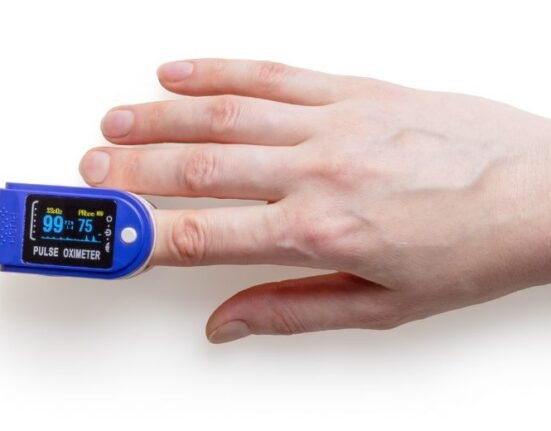HQ Team
August 22, 2024: Smart devices such as watches and fitness trackers have surged in popularity, becoming essential tools for health and fitness monitoring. As health conscious people increasingly start relying on these devices for insights into their well-being, it is prudent to remember that these gadgets come with certain limitations and error margins and are just guidances rather than any health indicators.
A recent meta review of health wearable devices has highlighted both their capabilities and limitations.
Accuracy of health metrics
People who are in the habit of relying on their smart watches to tell them their heart health can rest easy as most wearable devices can measure the heart rate within 3% accuracy .
They can provide reliable heart rate variability readings and can detect potential signs of arrhythmia. Additionally, wearables can estimate cardiorespiratory fitness, typically represented as VO2 max, which is a valuable indicator of aerobic capacity and overall fitness levels.
However, the review also revealed significant inaccuracies in other metrics. For instance, calorie burn estimates were found to be inaccurate by approximately 15% to 21%. This is particularly concerning for users who depend on these figures for weight management. Similarly, sleep tracking data showed inaccuracies exceeding 10% for sleep duration and efficiency, with sleep latency estimates being as much as 180% off compared to polysomnography—a standard in sleep studies.
Market growth and user engagement
The wearable technology market is rapidly expanding. As of 2023, the global market for wearable fitness devices surpassed $54 billion, with projections suggesting it could reach $231 billion by 2031, growing at an annual rate of 18.5%. This growth is fueled by an increasing awareness of health and fitness among consumers, leading to a surge in demand for devices that provide insights into physical activity, sleep patterns, and overall health.
Device variety and research applications
A study examining the use of fitness trackers in research identified 423 unique devices from 132 brands, with Fitbit, Garmin, and Apple being the most frequently used in validation studies. The study emphasized the importance of understanding the sensor capabilities of these devices, as well as the algorithms that interpret the data collected. While many wearables are equipped with accelerometers and photoplethysmographs for heart rate monitoring, the accuracy of the algorithms can vary significantly between brands.
Future directions
Despite their growing popularity, wearables are not without limitations. The algorithms that drive these devices are often proprietary and can change without notice, leading to inconsistencies in data interpretation. Furthermore, while wearables can provide valuable health insights, they should not be considered substitutes for professional medical advice or diagnostics. A study on the use of smartwatches in healthcare found that while they can assist in disease detection, there is ongoing debate regarding their reliability and accuracy in clinical settings.
Wearable technology, including smartwatches and fitness trackers, serves as a useful companion for health and fitness monitoring. While they offer valuable insights into heart rate, physical activity, and sleep patterns, users should approach the data with caution and not rely solely on these metrics for health decisions. As the market continues to evolve, the development of more accurate algorithms and enhanced functionalities will be essential for maximizing the potential of these devices in both personal health management and clinical applications.




